Multiple garage repair questions – #2
Please see post “Multiple garage repair questions – #1” for background information regarding my garage and its problems.
Question #2:
What should I do about the roof structure? The main problem is the sagging in the middle (there is no ridge beam or anything).
Many of the rafter *ends* are rotting, although it looks like the one with rot at the birdsmouth has already been supplemented. I’ll have to take a closer look at them.
Here’s my best attempt at describing what we have:
– Doubled 2×4 rafters at the front of the garage, with a 2×8 header joist behind them for the garage door, with plywood roof decking resting on it. There is a vertical wood member up to the apex of the roof from here, and a horizontal member tieing back to the next rafter/joist/rafter construct some 30″ behind.
– Rafter/joist/rafter construct 30″ behind the garage door header. One vertical member on either side of said joist, tieing to the rafters on either side. Second rafter also has two angled members tieing it to the joist, so that there is a “sunburst” pattern to the think.
– Several rafters and joists with nothing to tie them together along the span. The joists are sagging slightly (visual estimate: 1″ over a 16′ span).
– Second or third rafter from the back rotted at the birdsmouth, and a supplemental rafter has been added behind the joist at that point.
– Second joist from the back is tied to the rafter(s) by a hunk of plywood about 6″ wide.
– In the back, studs go all the way up to the rafters (no top plate of any kind). The center stud I believe is one of the ones that is missing the bottom 1/3.
The question here is what to do about the roof structure? Tearing the whole thing down and redoing it is not an option; it I do that, there is absolutely no reason not to tear down the whole thing and start over, and I can’t afford that. Obviously, I’ll need to properly support the rear gable. Will tieing the remaining rafters to their corresponding joists (the way they are tied at the front and near the back) help? Are 2×4’s at 30″ OC sufficient? What is the likelihood that rot at the ends of the rafters has softened the birdsmouth cut areas enough to be contributing to the problem?
Once again, thanks for any help.
Rebeccah
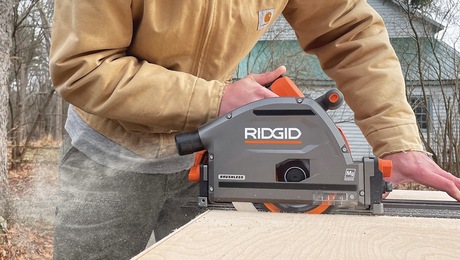
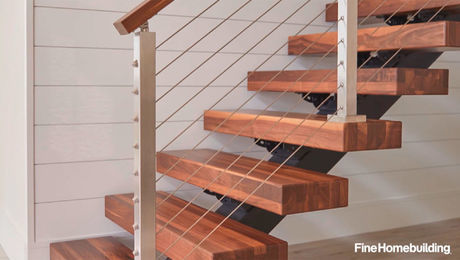



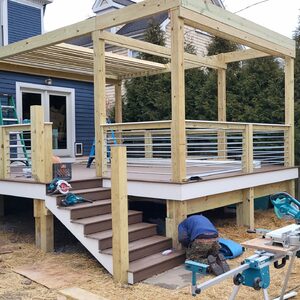



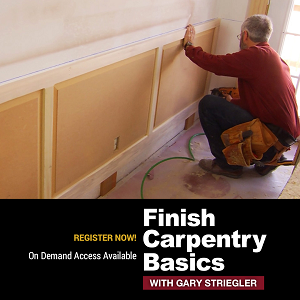


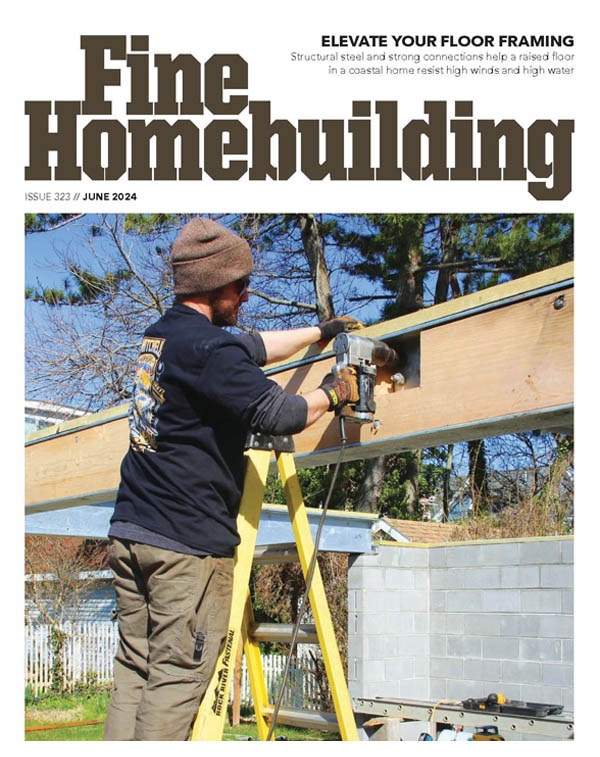

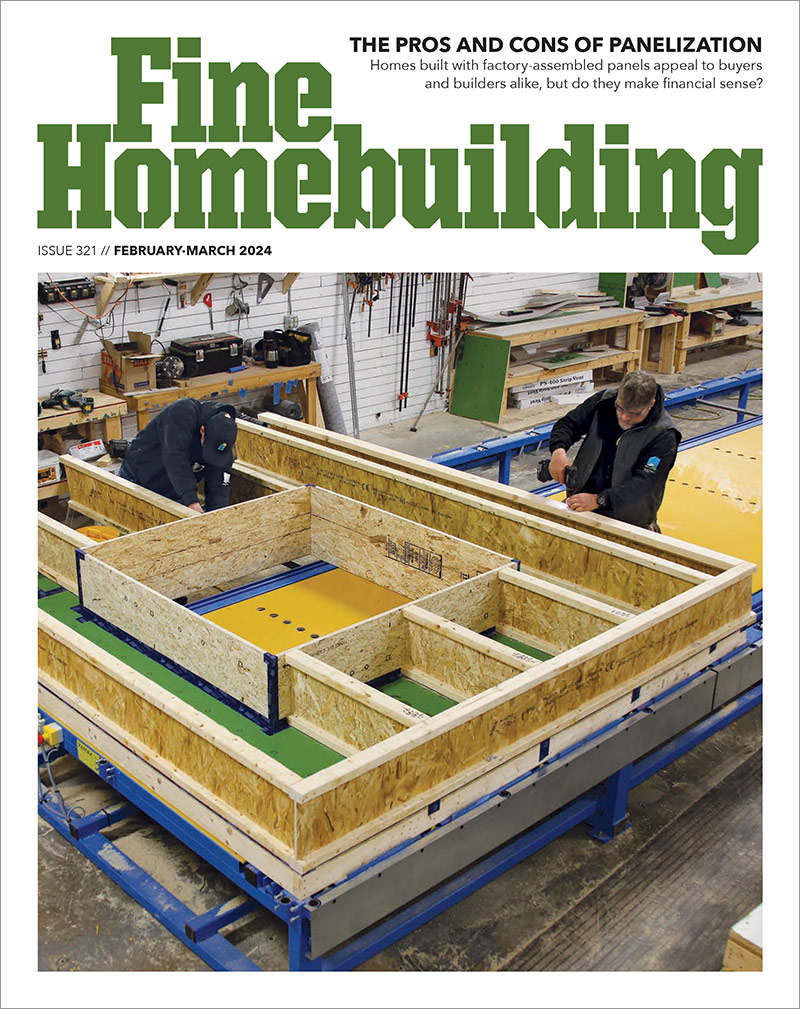
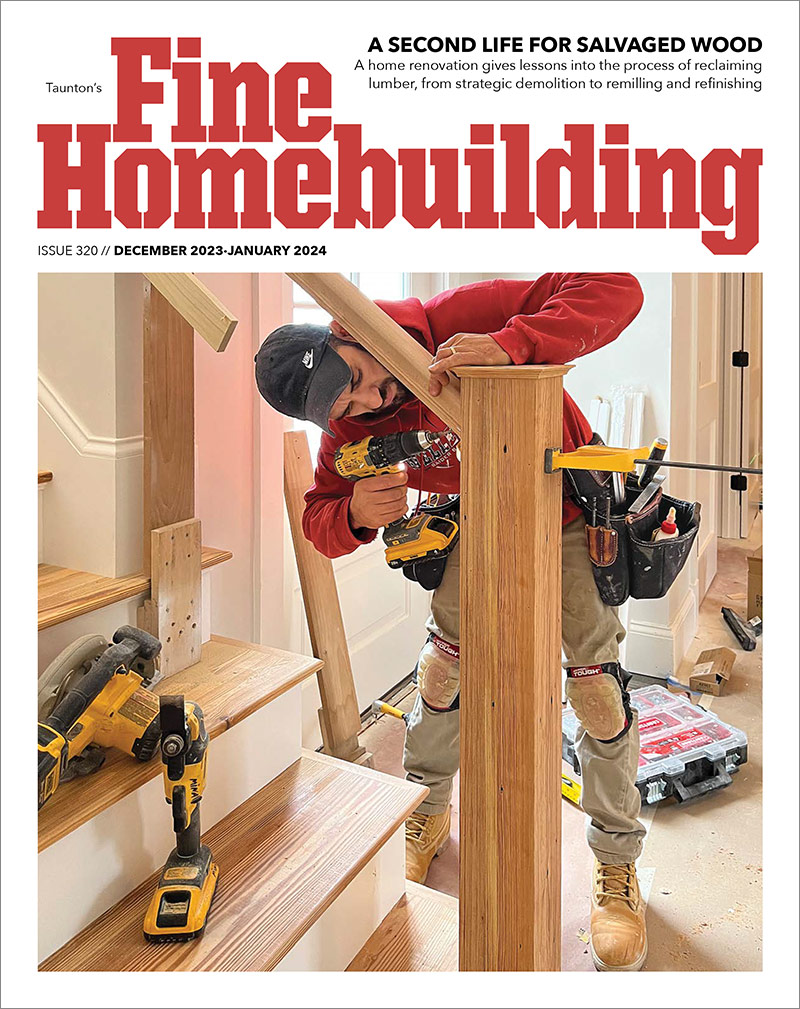
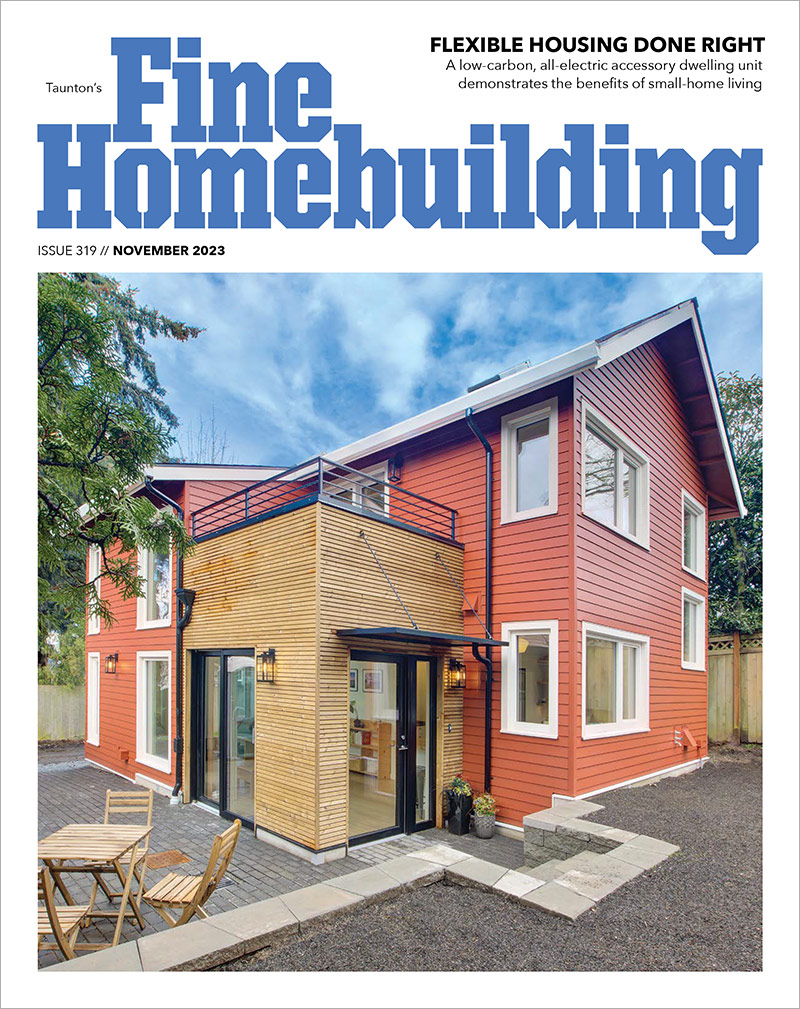

Replies
Pictures would help but from the other pos and what you are desribing I would start with a bulldozer.
I understand that new may not be an option but fixing it sounds like a more expensive route.
Remodeling Contractor just on the other side of the Glass City
OK, I think I got most of the roof-related photos uploaded. The last one keeps erroring out.Rebeccah
Looks like you are persistent in trying to repair the old bird instead of start over. I can't blame you. I usually have a similar attitude.
Let's take the roof. It's sagging. Some of the rafters show rot. I'm gonna assume the roof leaked and a lot of the sheathing is rotted too? So you're looking at new rafters, new sheathing, new roofing. No matter how you go about it, you need basically all the materials for a new roof, right?
You could try to slide in new rafters, but then you end up with new rafters under rotted sheathing and a leaking roof.
OK, so new rafters, new sheathing, new roofing.
What's that roof resting on? You mentioned the walls have rotted corner posts, etc. So you're looking at new wall framing, at the least. The way it's framed it has no shear strength. Sombody's working in there during a quake and it's lights out.
You also need to fix the drainage problem that caused the corner posts to rot.
If it were me, given that you really seem to be actually doing this, I'd take one of the following approaches.
Approach #1. Very, very carefully, see if the roof is walkable. If it is, tear off the old roofing and re-roof to stop the roof leak. Attach metal wall bracing (Simpson makes some http://www.strongtie.com/products/connectors/WB-WBC-TWB-CWB-RCWB.html in an X diagonal pattern corner to corner across the side and back walls, nailed to each stud. Don't bother trying to straighten the structure or at least don't waste a lot of time on it. Fix the drainage problem. It may last a while. Not a long while, but maybe until you are in a better position to bulldoze it.
Approach #2, if the roof isn't walkable, you really have nothing to save. Maybe the wide plank sheathing if it isn't too rotted. Other than that, nothin.
"Let's get crack-a-lackin" --- Adam Carolla
I believe the word you are looking for is "demolition".
DG/Builder
LOL!
Yeah, I can get wordy sometimes, huh. ;-)
"Let's get crack-a-lackin" --- Adam Carolla
Thanks, Philarenewal, for spelling it out.I don't know if the roof is walkable or not. Most of the sheathing looks OK on the underside. I know in the case of termites, that doesn't mean anything, but I don't know about plain old rot.I'm as worried about the shear strength as I m about the roof deck, when it comes to supporting people walking around up there.Looks like *if* we attempt this, we need to plan to do it as soon as the rain stops for good for the season, so that if we get the old roofing off and see that everything under it is rotten, we have time to demo and replace it all.Crap. How am I going to afford this? Kalim's stuff is going to get all wet.Rebeccah
>>"Crap. How am I going to afford this? Kalim's stuff is going to get all wet.
View Image
;-)
PS: if the existing garage is so unstable that you don't want to walk on it 'cause you think it lacks enough shear strength to support the weight of one person, I hope you have your answer for what you really need to do. More bad would happen than just Kalim's stuff if the garage collapsed on top of him. Gust of wind, a little shake, whatever, it's comin' down. When that little voice in your head says "this is bad," it is bad.
"Let's get crack-a-lackin" --- Adam Carolla
Well, I'm something of worry-wart, and I'm prejudiced by the fact that the building is racked. Kalim assures me that the building is "strong", which I think is an overstatement, but what he means is that it ain't going to fall down from him and another guy climbing on it. I'm sure he's right about that. He does admit to the possibility/likelihood of significant weak spots in the roof itself.Also, it's been a while since I've actually seen the mud sill all around, but I'm pretty sure most of the rot at ground level is limited to the front of the building, which used to receive all of the rain running down the driveway. (The trench drain we installed last year has resolved that particular drainage issue.)So, when things dry up (way overdue around here), he's going to carefully test the roof for walkability and pull off the roll roofing.Then we'll see what's what. Best case scenario, I guess replacing the mud sill would come after fixing the roof, then.Thanks again.Rebeccah
In all honesty, it will cost lest to demo it outright and then re-do a foundation and rebuild from the ground up. It will cost much more in labor to do the various work arounds than to just work in the open. Add in the risk of safety issues and it is just not smart. Get a guy with a back hoe with a gripper and tear it down, toss into a truck or dumpster and dig the grading, footing and foundation. Pour new foundation and you can have it framed and dried in three days with two carpenters and a helper. After that you can take your time putting in the fancy stuff.Kirk
Here's what I would do pretty much in order.
1 Put some temporary braces on each wall going diagonally from top plate to the bottom of a solid stud. They should be placed at about a 45 degree angle. Including (and especially) the garage door opening. Also place a temporary brace from approximately the center of each side wall top plate to about the center of the front and back top plates. These can be placed on the underside of the top plates. This is important? It wil keep the garage from collapsing while you proceed.
2. Gently jack up one section of the garage at a time and replace the rotted bottom plates with treated lumber. Securing the plates to the slab and to the exist studs that are sound.
3. Replace the rotted studs one at a time by supporting the top plates near the repair, perhaps jacking them up if necessary and cutting off the rotted portion and nailing a new (cut to full length) stud along side each. At the corners you will need to put a "dutchman" underneath any existing studs you need to cut the rot from in addition to the studs along side. You may need to move your braces from one half of the wall to the other to provide access for new studs.
4. Now, the roof. You shouldn't need a beam at the ridge. If you look carefully the place your roof has sagged probably corresponds to a bowing out of the side walls. If this is the case it means that the ceiling ties the 2x4's that go from top of wall to top of wall are spaced too far apart or improperly nailed to the top plate and rafter or both. They should be placed at least every four feet along side a rafter. (It is also possible with the wateer damsge you describe that nails have rusted through, or some other water related problem. You can resolve this by either jacking up the rafters at the joint in the roof perhaps in combination with pulling together the walls with a come-along. This could be dangerous! and must be done after releasing the ceiling braces from one of the side walls, and nailing or bolting a brace tying the rafters together at the peak so they don't separate. Perhaps cutting or pulling the nails from one side of the existing ties so things can move back into place. When the sagging is corrected, new ties can be nailed in place or old one properly secured.
5. New diagnonal braces put on 3 walls permanently, and nailed to each stud they cross. New diagonal braces at the ceiling joists from back and front walls to side walls. Some straightening of bowed walls may need to take place before the ceiling braces go in. Perhaps racking of the front garage wall needs to be addressed as well.
That's the basic approach. Not easy and not for the novice. In inexperienced hands perhaps life threatening in the case of a building collapse. Definitely not instructions.
Thanks, Woodroe.By a "dutchman" I assume you mean a hunk of wood to fill the gap at the bottom of the stud?Kalim and I will have this discussion about the garage again in another month, and I'll try to get a better sense of the skills of his buddy.Rebeccah
If all the labor is free then this might be cost effective, but all the work you describe adds about 10K to the project using standard rates. I know, I got paid to do this. Even if you do this, you still have somewhat of an eyesore that you spent a lot of time and money on.The ceiling rafters are undersized and over spaced as another observation, so don't forget to address this as well.
Thanks, Kirk.The labor's going to have to be free or token in nature -- Its the only way I can afford it.I suspected undersized, and others have mention overspaced. Would 2x6's be adequate?Rebeccah
Check your local codes and span tables for the wood species in your area. Without dimensions and local conditions to take into account, it is not possible to effectively size your rafters.If you can't earn more money doing something else, then go ahead and invest your time. You may just want to do a couple of basic temp repairs and then wait until you can afford to do the real work.
Yeah, that's what I mean " a hunk of wood ath the bottom of the stud" to fill in the rotted portion you have to cut out.